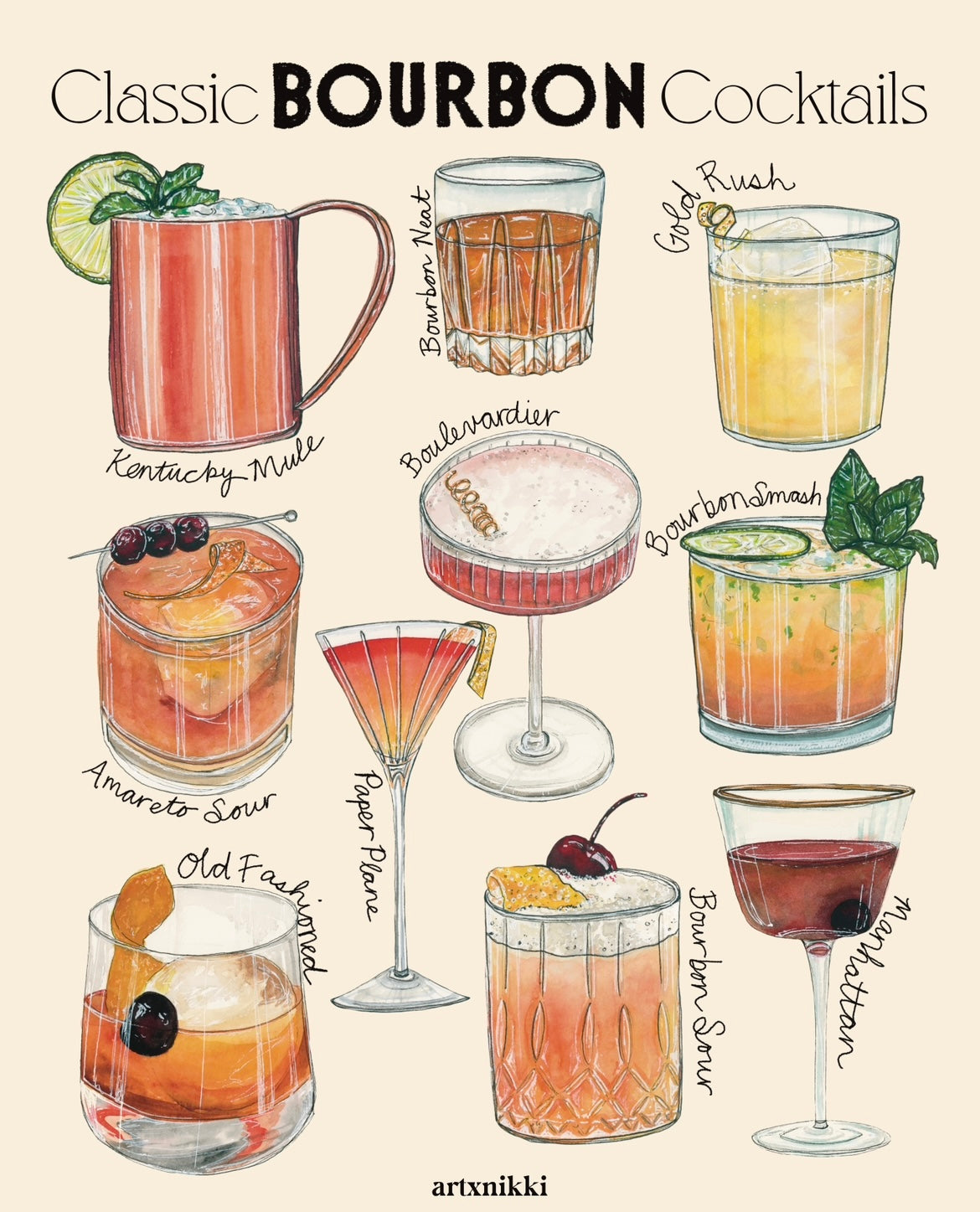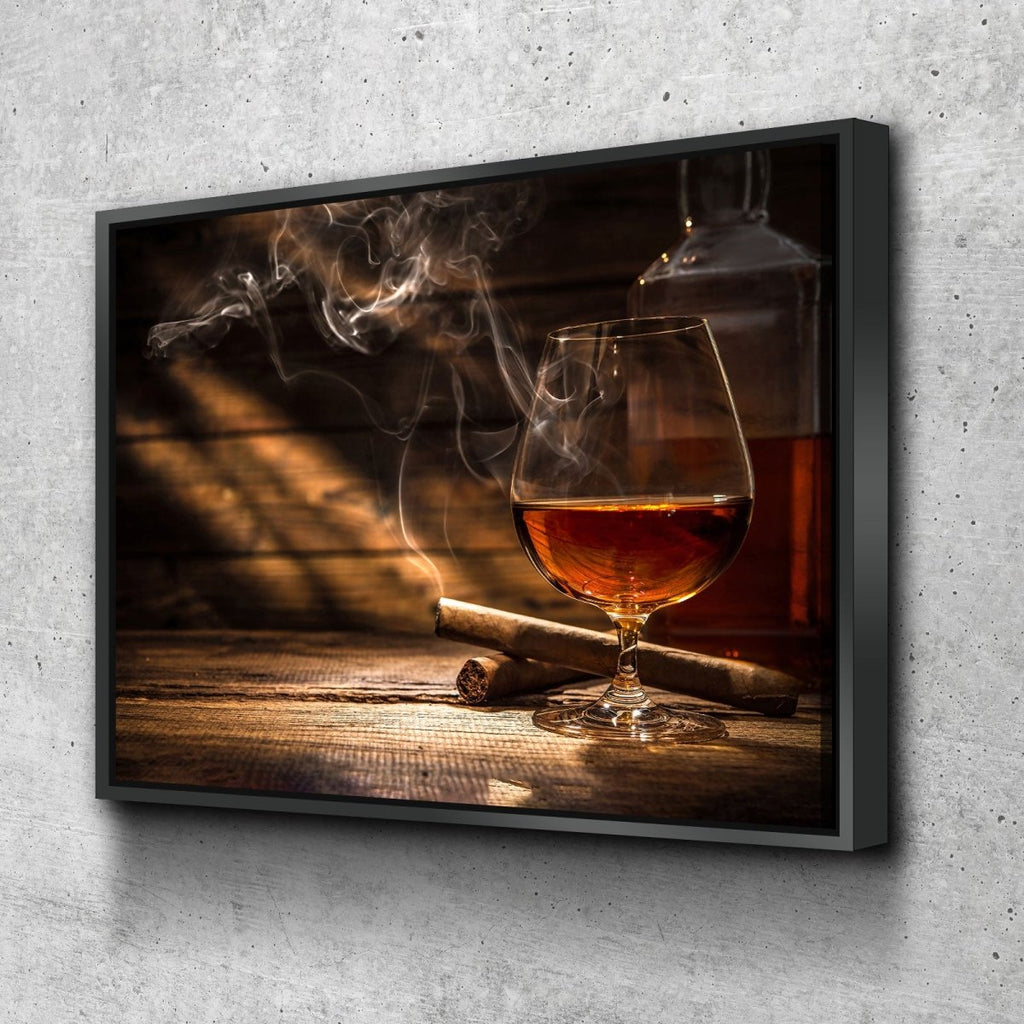Transform Your Space with Spectacular Whiskey Art Inspired by Nature
Transform Your Space with Spectacular Whiskey Art Inspired by Nature
Blog Article
The Significance of Whiskey Art in Celebrating Heritage and Craftsmanship in the Beverage Industry
The complex connection between bourbon art and the event of heritage and craftsmanship within the drink market can not be overemphasized. With thoughtfully made tags and bottles, whiskey brand names encapsulate their historic roots and the artisanal skills that specify their production approaches.
The Historical Origins of Whiskey
At the heart of bourbon's appeal exists a rich tapestry of historic roots that map back to ancient civilizations. The origins of bourbon can be linked to the purification methods of the Sumerians and Babylonians around 2000 BCE, where very early types of fermented grain drinks began to arise. It was in the Center Ages that the art of distillation progressed significantly, especially in Ireland and Scotland, leading to the production of whiskey as we understand it today.
The term "bourbon" itself stems from the Gaelic word "uisce beatha," indicating "water of life." This expression underscores the social value of whiskey in Celtic societies, where it was usually associated with rituals, parties, and public bonding. By the 15th century, distillation ended up being an identified craft within reclusive communities, paving the method for the facility of lawful distilleries.
As trade routes broadened, scotch's appeal expanded, going beyond local boundaries and capturing the rate of interest of aficionados worldwide. Realism Art. This historical journey reflects not only the craftsmanship behind scotch manufacturing however additionally its indispensable role in social and cultural contexts, marking it as a significant beverage throughout history
Artistic Expression in Branding
Scotch branding stands as an engaging crossway of creativity and business, where aesthetic identity plays a vital duty fit customer understanding. The visual appeals of whiskey labels, product packaging, and marketing materials reflect not just the brand's story but also its core values and heritage. With imaginative expression, distilleries convey a narrative that resonates with customers, evoking emotions and sparking connections.
Making use of shade, typography, and imagery in branding offers to separate products in a saturated market. Standard themes might evoke a feeling of authenticity and craftsmanship, while contemporary designs can indicate development and forward-thinking. This strategic creative direction improves brand acknowledgment and commitment, enabling customers to create an individual partnership with the bourbon they select.
Moreover, creative expression in branding often offers as a celebration of regional heritage. Distilleries regularly incorporate neighborhood symbols or historical referrals into their styles, developing a sense of area that invites consumers to take part in a broader cultural experience. Inevitably, the artistry behind scotch branding not just boosts visual charm yet also enhances the total story of the brand, promoting a much deeper admiration for the craftsmanship and heritage embedded in each container.
Workmanship in Container Design
The creativity obvious in bourbon branding extends beyond visual identity to include the workmanship associated with container design. Each bottle acts as a vessel not just for the spirit within, however additionally for the story it outlines its tradition, origin, and quality. The style process i loved this needs careful interest to information, as components such as closure, product, and shape contribute substantially to the general understanding of the scotch.
Craftsmanship in bottle design involves picking high-quality glass that can enhance the bourbon's shade and quality, while likewise supplying a tactile experience for the consumer. The shape of the container need to be both aesthetically attractive and useful, frequently mirroring the heritage of the brand. Many distilleries go with one-of-a-kind forms or printed logos that evoke a sense of authenticity and background.
In addition, the tag design and typography play an essential duty in connecting the brand's story. Limited Edition. A well-crafted bottle not just astounds the consumer's eye yet likewise strengthens the brand name's commitment to top quality and custom. This way, the workmanship of bottle layout becomes an essential element of the whiskey experience, combining artistry with an extensive respect for heritage
Cultural Significance of Scotch Art
Celebrating custom and workmanship, the cultural value of scotch art goes beyond mere visual appeals, linking with the historic and social stories of the regions from which it originates. Each container functions as a canvas, showing the distinct tales, folklore, and customs that have actually shaped regional whiskey-making techniques. The elaborate layouts frequently show the heritage of the distillers, including symbols and themes that reverberate with the culture and values of their neighborhoods.

On top of that, whiskey art plays an essential function in public events and parties, working as a substantial link in between people and their shared experiences. By valuing the artistry in scotch product packaging, consumers grow a deeper understanding and regard for the craft, ultimately enhancing their satisfaction of the beverage itself.
Modern Trends in Bourbon Presentation
In the last few years, the discussion of whiskey has actually evolved to show modern tastes and patterns while still recognizing traditional craftsmanship - Realism Art. Distilleries are increasingly concentrating on visual elements that improve the total alcohol consumption experience, bridging the space in between heritage and modernity
Innovative bottle styles have actually arised, frequently integrating lasting products and artistic labels that tell engaging tales. Several brands now work together with regional musicians, instilling their items with unique visual expressions that resonate with consumers. In addition, limited-edition releases are commonly packaged in collectible containers, including worth and allure for aficionados.

Verdict
In final thought, bourbon art works as an important avenue for sharing the heritage and craftsmanship intrinsic in the drink industry. Through complex branding, cutting-edge bottle designs, and culturally considerable imaginative components, whiskey brands successfully recognize their practices and connect with consumers. This creative narrative not just boosts the admiration of whiskey however also strengthens neighborhood identification and satisfaction amongst manufacturers. Inevitably, whiskey art plays an important function in preserving and celebrating the rich cultural directory tapestry of whiskey-making.


Workmanship in bottle style involves selecting top quality glass that can enhance the bourbon's shade and clearness, while likewise offering a tactile experience for the customer. In this means, the craftsmanship of bottle design comes to be a crucial element of the whiskey experience, merging virtuosity with a profound respect for heritage.
In verdict, scotch art serves as a vital avenue for revealing the heritage and craftsmanship inherent in the drink market.
Report this page